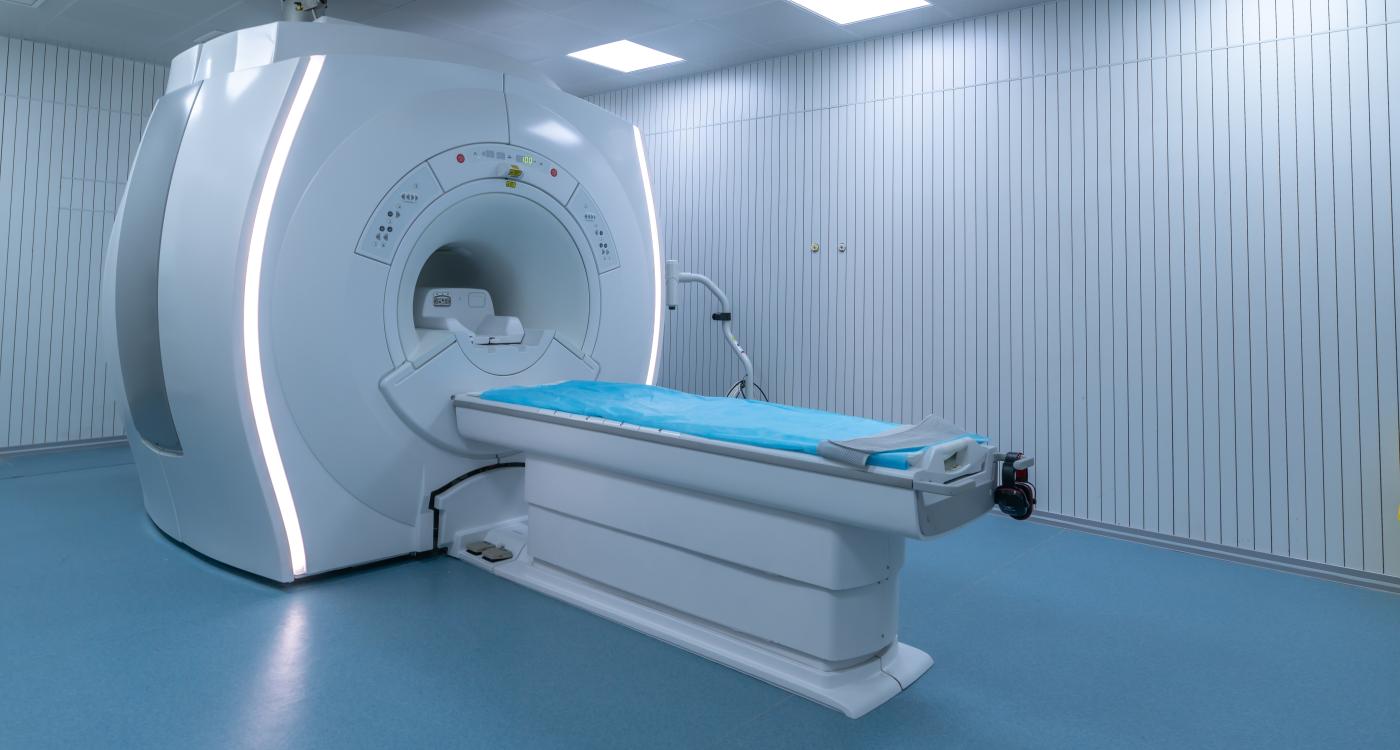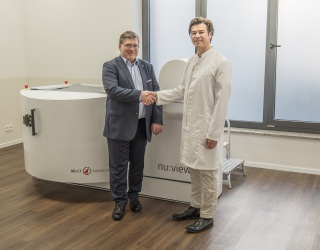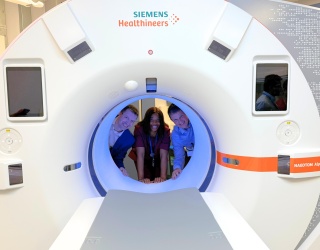Sustainable MRI Procurement Shows Economic and Environmental Promise
A new study published in the Journal of the American College of Radiology (JACR) reports that a “circular” MRI purchasing model could help healthcare providers save upward of $520,000 per scanner while reducing environmental impact.
Researchers from Vanderbilt University Medical Center, Philips, and the Greenwell Project, a nonprofit promoting healthcare sustainability, conducted a modeling analysis comparing traditional replacement strategies with circular upgrade and refurbishment models.
Their results show that switching from a linear replacement model to a circular one could:
- Reduce total cost of ownership by up to 21%
- Lower greenhouse gas emissions by 8% on conventional energy grids
- Cut material use by up to 92% through reuse and refurbishment
Three Approaches Compared
The study modeled three procurement strategies for a 3T MRI system over a 10-year replacement cycle:
1. Linear Replacement – Purchasing a brand-new scanner
2. Circular Upgrade – Rebuilding and extending the life of the existing machine on-site by 10 years
3. Circular Refurbishment – Replacing the old scanner with a factory-refurbished model
The circular upgrade option achieved the largest savings, averaging between $420,000 and $520,000 per scanner, while also producing the greatest reduction in carbon emissions. Researchers attributed this to the reuse of existing materials, which significantly reduces the need for new manufacturing.
Retaining Materials and Reducing Risk
“This study highlights the potential value of circular MRI business models for hospitals, patients and [the] planet,” said Elizabeth J. Snyder, MD, Department of Radiology at Vanderbilt University Medical Center in Nashville, Tennessee and co-authors. “By embedding innovative procurement strategies, imaging centers can deliver care with less cost while reducing [greenhouse gases] and saving critical materials.”
According to the analysis, circular MRI upgrades retain approximately 92% of materials from the original system. Importantly, 41% of scanner materials are considered critical raw materials—elements that are costly, scarce, or geopolitically sensitive.
“These materials are prone to increasing costs, material scarcity and geopolitical conflict,” the authors noted. “Reusing these materials can help de-risk supply chain vulnerabilities and secure patient access.”










